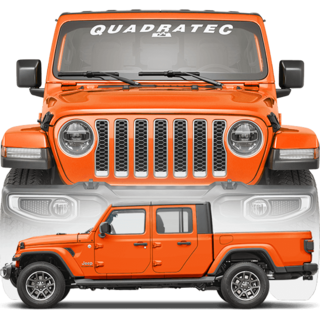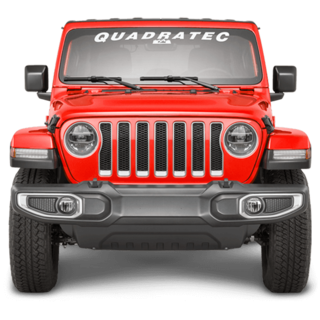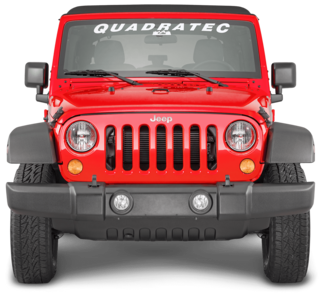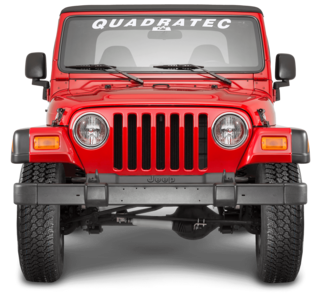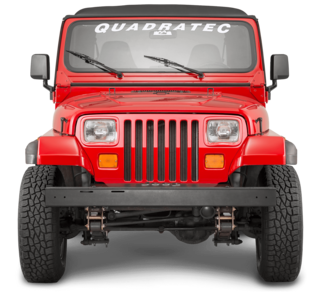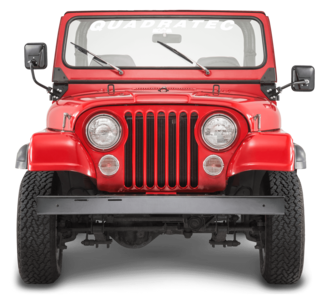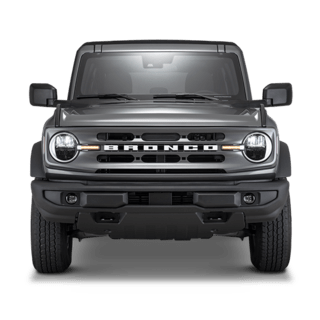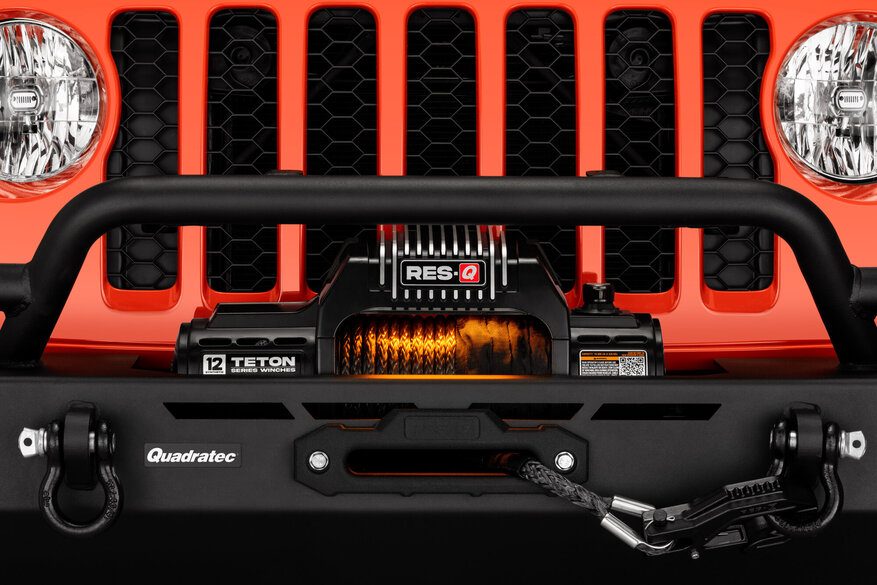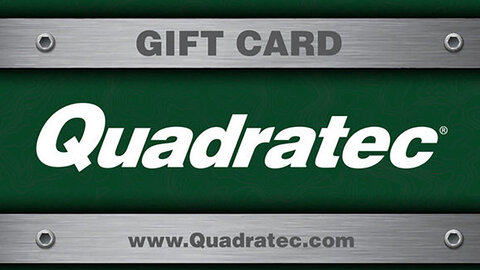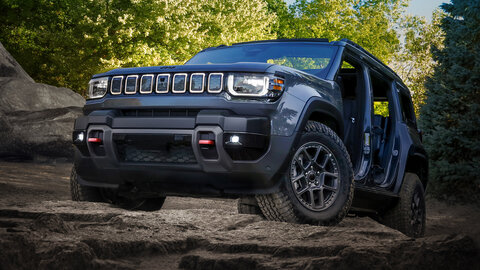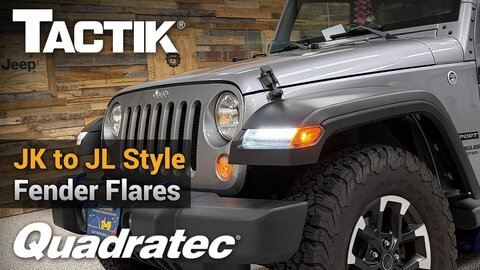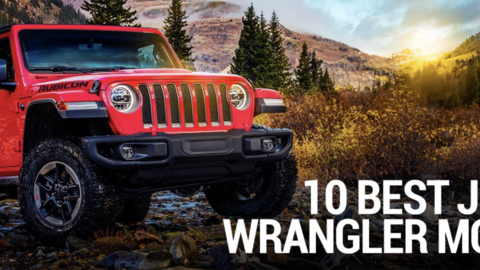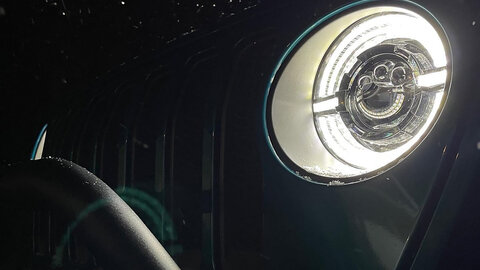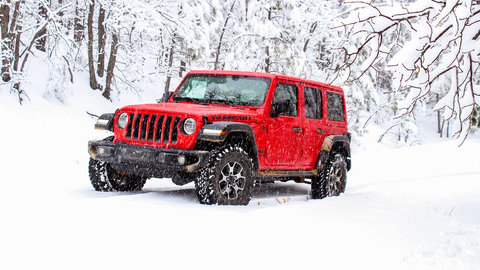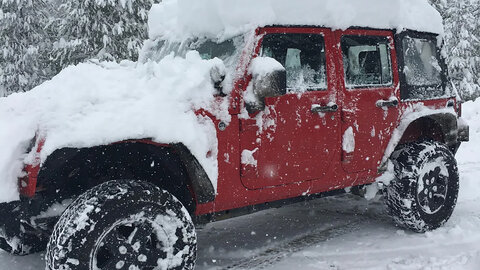by Matt Konkle
Managing Editor
A winch isn’t just another bolt-on accessory — it’s your off-road insurance policy. It’s functional, practical and can often mean the difference between ending a trail day early, or keeping everything moving along.
Whether you're knee-deep in mud or rescuing a buddy from a snowbank, a good winch is just as important as tow straps, a mechanical jack, or recovery boards.
But with so many options and a learning curve to match, it’s no surprise we get tons of winch questions. So we’ve gathered some of the most common ones from our customers over the years and answered them all right here — clearly, honestly, and trail-tested.
What size winch do I need for my Jeep?
Rule of thumb: 1.5 times your Jeep’s gross vehicle weight.
- 2-Door Wrangler: 8,000-10,000 lb winch
- 4-Door Wrangler Unlimited: 10,000 –12,000 lb
- Gladiator or heavily loaded vehicles: 12,000 lb
Going bigger gives you extra pulling power to meet most types of recovery situations, but too much winch for your vehicle will add handling issues with that extra weight up front, as well as additional stress on steering and suspension components, and added strain on the electrical system.
Should I choose synthetic rope or steel cable?
It depends on how and where you use your Jeep. Synthetic rope is the most popular because it is lightweight, easier to handle, and much safer in the event of a failure — it doesn’t snap back with dangerous force like steel cable will. It’s also easier on the hands and doesn’t require gloves for handling (although it is highly recommended). However, synthetic rope is more sensitive to UV rays and can degrade if not properly maintained, so it’s best for those who always keep an eye on their equipment before heading off-road.
Steel cable, on the other hand, is heavier and more durable in abrasive environments like rocky terrain or other sharp obstacles. It’s highly resistant to fraying, heat, and surface wear, but it does require gloves for safe handling and can pose a serious risk if it breaks under tension. While either material should have a winch line dampener when in use, it is especially important to have one on when using steel cable.
How do I mount a Winch?
You'll need a winch-ready bumper or mount plate with a typical 10-inch x 4.5-inch bolt pattern, as well as a direct power connection to your Jeep’s battery. Once installed, ensure you test everything after installation — a light load pull confirms that wiring and tension are good. Then, pretension the winch’s rope or cable by spooling it all out and pulling it back into the drum under some resistance.
Will a winch drain my battery?
Most winches are electrical and not hydraulic, so during longer use, they can drain the battery. Winches have improved at managing electrical use, but they typically pull around 300–500 amps under load. To support that extra power draw, you can upgrade to a high-output alternator or dual-battery setup, keep your battery fully charged, or use your winch conservatively with the engine running.
What accessories do I need?
Everyone who installs a winch should have the following recovery products; a snatch block, tree saver strap, D-shackles or soft shackles, gloves and a winch line dampener. Some optional items include a winch wireless remote, winch cover, and lighting for nighttime recovery such as the Res-Q Drum Light.
The good news?
Just about all of these items are available in any good winch recovery kit.
How do I maintain my winch?
The best way to maintain your winch is to continually inspect the winch line, drum, and connections before and after use, wash the line with soap and water, keep everything dry and covered when not in use, and re-spool the rope or cable tightly after use to avoid kinks and overlaps.
Can I mount a winch in the rear of my Jeep?
Yes, but you’ll need the following — a rear winch mount or hitch receiver plate, extended power cables, and possibly additional anchoring for strength. A rear-mounted winch isn’t a necessity, but it can be beneficial for those who frequently overland. Especially with trailer setups.
Can I install a winch myself?
Absolutely. Just about anyone can install a winch with basic tools and electrical know-how. Just follow some simple guidelines; understand the included wiring diagram, use anti-corrosion terminal grease, secure the solenoid or control box correctly, and double-check polarity and torque specs.
If you're unsure, let a shop handle high-amp cable routing.
What is a fairlead and which type do I need?
A fairlead is the guide that helps your winch line feed smoothly onto the drum and prevents damage during angled pulls. There are two main types: hawse and roller. A hawse fairlead has a smooth, oval-shaped aluminum or steel opening and is designed specifically for use with synthetic rope. It minimizes friction and reduces wear on the softer rope material.
A roller fairlead, on the other hand, uses four rotating metal rollers and is built for steel cable. It allows the heavier, abrasive cable to roll cleanly during pulls without damaging the fairlead or the cable itself.
The key here is not to mix and match — using the wrong fairlead for your line type can cause premature wear or even failure. So, always pair synthetic rope with a hawse fairlead, and steel cable with a roller fairlead for safe, efficient winching.
Should I use a wireless or wired remote?
Both wired and wireless remotes have their advantages, and the right choice often depends on how you plan to use your winch.
A wired remote is the most reliable option — it's weatherproof, doesn’t rely on batteries, and won’t suffer from signal interference. It is also what many entry- to mid-level winches will have out of the box. That’s why many off-roaders consider it the go-to choice for consistent, dependable performance.
A wireless remote, however, offers unmatched convenience. It allows you to operate your winch from a distance, making it easier to spot your recovery line or handle solo recoveries when you need to move around freely. Additionally, most wireless remotes also come with a plug-in wired option, giving you flexibility based on the situation.
If you do choose a wireless remote and it does not have a wired option, it’s always smart to keep a wired remote as a backup in your recovery kit — just in case your wireless signal fails or the battery runs out when you need it most.
Is winching dangerous?
It can be — and that’s why winching should always be approached with caution and respect.
While a winch is one of the most powerful recovery tools you can carry, it also brings real risks if used improperly. A snapped line under tension can whip back with serious force, quickly turning a recovery into a medical emergency.
To stay safe, always follow a few key rules: never stand in the direct path of the winch line, and be sure to use line dampeners (like a heavy blanket or purpose-made damper) to reduce recoil in the event of a break. Winch slowly and smoothly to avoid sudden load spikes, and never wrap the cable or rope around your hand when spooling or repositioning.
Bottom line — winching is safe when done right. Just stay alert, respect the power, and prioritize safety every time.
What’s better: a winch or a recovery strap?
Well, both do have their strengths — and the smartest setup is to have a winch and recovery strap.
A winch is ideal for self-recovery, especially when you’re alone or stuck in a tough spot with no one else around. It lets you recover slowly and precisely, but it does require battery power and a solid anchor point. On the other hand, while a winch can be used to pull someone else from danger, a recovery strap is a faster, manual solution that works well when you need to extricate another Jeep in your trail group. A fast tug can be all you need to gain momentum and get back on track without having to set up and execute a winch pull.
So what’s the takeaway? Either are solid recovery options. Use a winch to get yourself out of trouble, or when the situation calls for you to help someone else. Use a strap for a faster recovery and when the terrain requires a strong pull. Smart off-roaders carry both — and know when to use each tool.
Related Articles:
Go Topless — But Smarter: Choosing the Best Summer Top Accessories for Your Jeep

